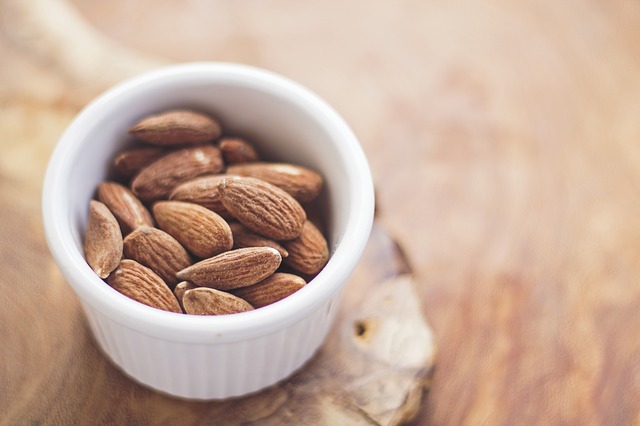History
Amaranth is another ancient grain that is widely used and easily available in Latin and South America. It has a long history of use with the Aztecs in their religious ceremonies involving human sacrifices.
Because of that the Spanish conquistadors forbade the use of amaranth for many years and almost died out except that some small pockets of people in Latin America continued to grow it.
Today it is popular in these southern cultures. It is milled and roasted to make the Mexican drink atole. It is also popped and mixed with a sugar solution to make Alegria also in Mexico.
Peruvians used the fermented grain to make beer. In Mexico and Peru, the leaves are used as a vegetable and in Ecuador, the flowers are used to make a healing drink. It is also used in India and other Asian countries and often there the leaves are consumed.
There are over 60 different species of amaranth but the more common is a bushy plant that grows from 5 to 7 feet tall. It has broad leaves and a beautiful flower with small red clover-like flowers. The seeds are tiny and are a golden tan color.
Health Benefits
- It is a good source of vitamin A, vitamin B6, vitamin K, vitamin C, folate and riboflavin.
- It has minerals such as calcium, potassium, iron, copper, magnesium, phosphorus and especially manganese.
- Amaranth contains large amounts of protein, up to 30% more than wheat flour, rice, and oats. The protein contains a complete set of amino acids.
- It is a gluten-free grain.
- It is high in fiber and easy to digest.
- Amaranth has been noted to help boost the body’s immune system.
Cautions
Amaranth’s moderately high content of oxalic acid inhibits much of the absorption of calcium and zinc. It should be avoided or eaten in moderation by those with gout, kidney disorders or rheumatoid arthritis.
Reheating cooked amaranth is not recommended, particularly for consumption by young children, because the nitrates in the leaves can be converted to nitrites, as in spinach.
Amaranth is a grain that I have not used yet but I do have friends who have and I have gone to them for help and recipes. My friend Lisa who has used it extensively did so while living in Mexico City with her family who she needed to keep gluten-free.
It was one of the few gluten-free grains that were easily obtainable in Mexico. I got this recipe for Amaranth Pudding from her.
Amaranth Pudding
Ingredients
- 2 cups popped amaranth
- 2 cups milk
- 2 cups water
- 2 eggs
- 2/3 cup honey or agave nectar or to taste
- 1 tsp vanilla
- 1 tsp cinnamon
- handful raisins optional
Instructions
- Put the amaranth in water and bring to a boil and cook until water is absorbed, 15-20 minutes..
- Add milk, eggs and sugar and cook over low heat until the mixture thickens. Add raisins and vanilla.
- Cool and serve with cinnamon.
- Are Pasteurized Almonds Good or Bad? - January 31, 2022
- Nutrition of Peanuts - November 20, 2013
- Happy With Hickory Nuts - November 13, 2013




Thank you for sharing such a very informative and valuable post.I really appreciate you work.